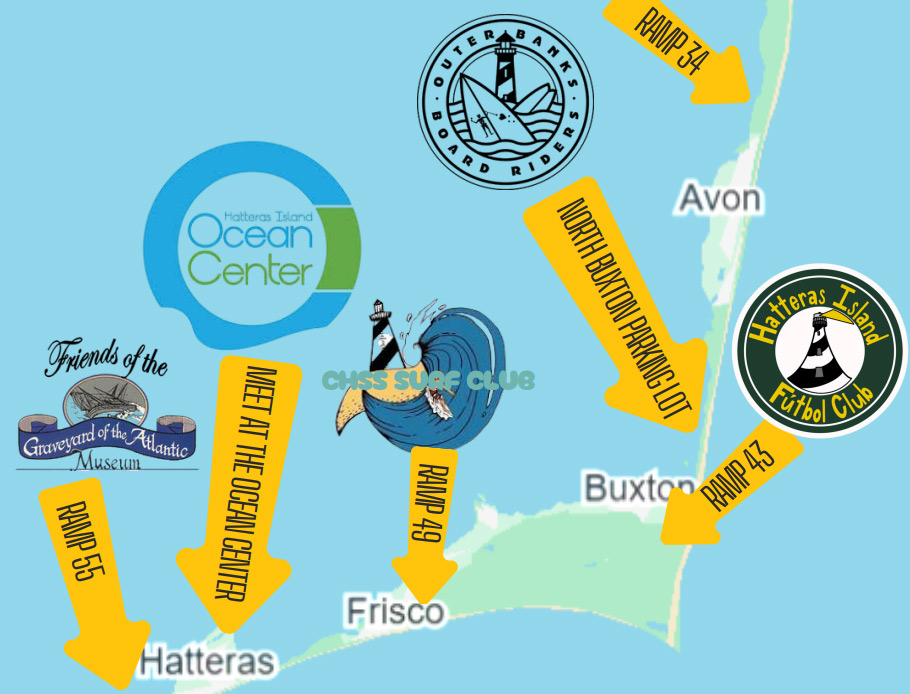Night Sky: Meteor Showers, Double Galaxies, and more Night Sky Highlights for May
April yielded some great views of double galazies!
The large spiral galaxy in the upper left is Messier 100; the smaller galaxy in the lower right is NGC 4312. Messier 100 was discovered in 1781, but it wasn’t until 1850 that its spiral structure could be seen with the use of a six foot reflector telescope. M100 has a visual magnitude of 9.3. It’s about 52 million light years away from us. Note the well-defined blue areas in the spiral arms. These are large, hot, young stars that were probably caused by gravitational interactions with other galaxies. M100 is believed to be 130,000 light years in diameter!
Although NGC 4312 is much fainter, (magnitude +11.6), than M100, it is actually much closer to us. It is about 33 million light years away, and only 47 thousand light years across its diameter.
These two pretty galaxies are known as the Eyes! They are cataloged as NGC 4435 and NGC 4438. Currently, scientists believe they are about 100,000 light years apart from each other, but it’s believed they were within 20,000 light years of each other at some time in the past. The close interaction of the two resulted in the massive dust field and disturbed core of NGC 4438. The two galaxies are about 55 million light years away from us. NGC 4435 has a magnitude of +10.9 and NGC 4438’s magnitude is 10.1.
What to look for in May 2018.
Jupiter will rise at 8:16 PM on the night of May 1. Saturn will rise at 12:05 a.m. Mars will rise at 1:12 a.m.
Venus will be visible near the Western horizon right after sunset.
Mercury will be visible near the Eastern horizon just before sunrise.
The Eta Aquarids meteor shower will peak at about 4:00 a.m. on the morning of May 7. This is a major meteor shower that can generate about 60 meteors per hour. Most of the activity will be towards the southern portion of the sky!
Moon Phases:































